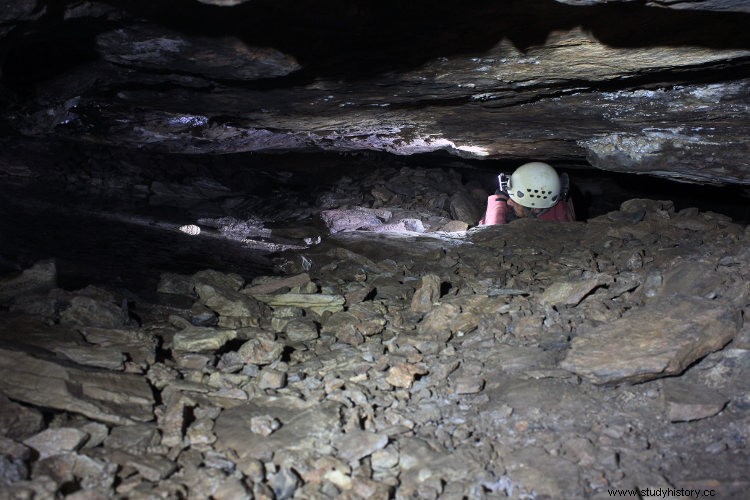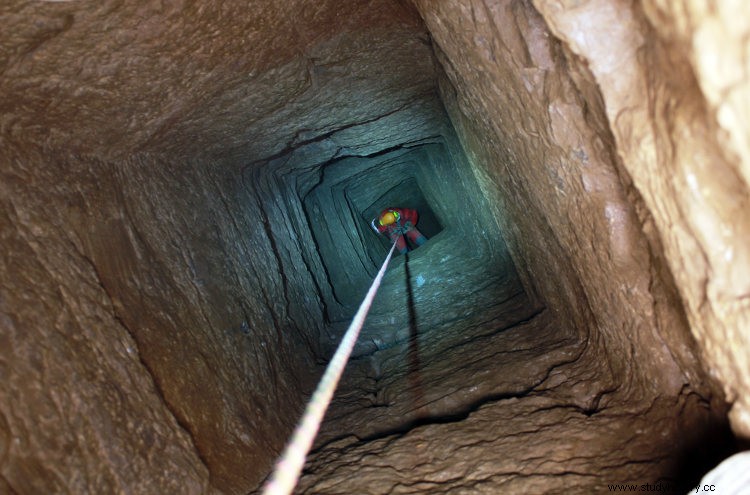One of the most outstanding places in Ancient Greece It is the Mycenaean acropolis of Toricos , a fortified citadel overlooking the natural harbor of Lavrio, in the south of the Attica region. A strategic site not only because of what was collected from the area, which was naturally protected by a small island called Macri, but also because minerals such as silver were extracted from there. and lead , so it was already inhabited -and exploited- sinceNeolithic times .
However, and despite the fact that some date back to the early Helladic period (tholos fundamentally), most of the ruins that are preserved from Toricos correspond to a later period, which would date from the 5th and 6th centuries BC and that include a temple, a theater, several houses, stoas, workshops, etc.
The American linguist and archaeologist Samuel Walter Miller He was the first to carry out excavations in the city, back in 1886. He used a staff of several dozen peons who were paid one drachma a day because he had a meager budget of just three hundred dollars. That expedition was considered a failure by Miller himself; However, later scholars did not think so, who thought that his work had managed to clarify many dark points of Greek history.
The fact is that these discoveries today have their continuation through a Belgian mission that he has just seen his effort crowned with success by discovering a complex network of galleries, chambers and wells in the subsoil of toric. It is nothing less than five kilometers of underground conduits lined with marble and of small dimensions, with a height that often does not exceed thirty centimeters, which forced the use of drones for their exploration.

The ProfessorRoald Docter , from the University of Ghent, which collaborates in the work with those of Athens, Utrecht and the attic Epghorate, explains that the use of this plot was mining . In his opinion, most of those who extracted the ore from the bowels of the earth were slaves which operated in harsh conditions, with suffocating heat, lack of light, stale air, very primitive material and close surveillance. You can still see the marks of the tools on the walls and there are remains of oil lamps.
The galleries are developed by several levels superimposed and their structure allows us to imagine how the evolution of mining activity was with the passage of time. The discovery of pottery and volcanic stone hammers, made in a nearby quarry, is a reference for chronological dating between the final stage of the Neolithic and the Helladic initial , about the year 3200 B.C. This date, if confirmed with additional research, would revolutionize those known so far for mining activity in the Aegean area.

The Classic phase , is more noticeable, logically, as it is also more recent (4th century BC). Better excavated and structured, on some walls inscriptions have even appeared. then. It is the one that archaeologists are currently working on, discovering axes that connected the two main levels despite the difficulty of access, which requires resorting to climbing techniques. and caving .
The ongoing investigation not only aims to study these tunnels underground; it also seeksto understand mining technology of those first steps of the Greek civilization, along with the extraction, processing and management of those resources.
Fonts
University of Gent
